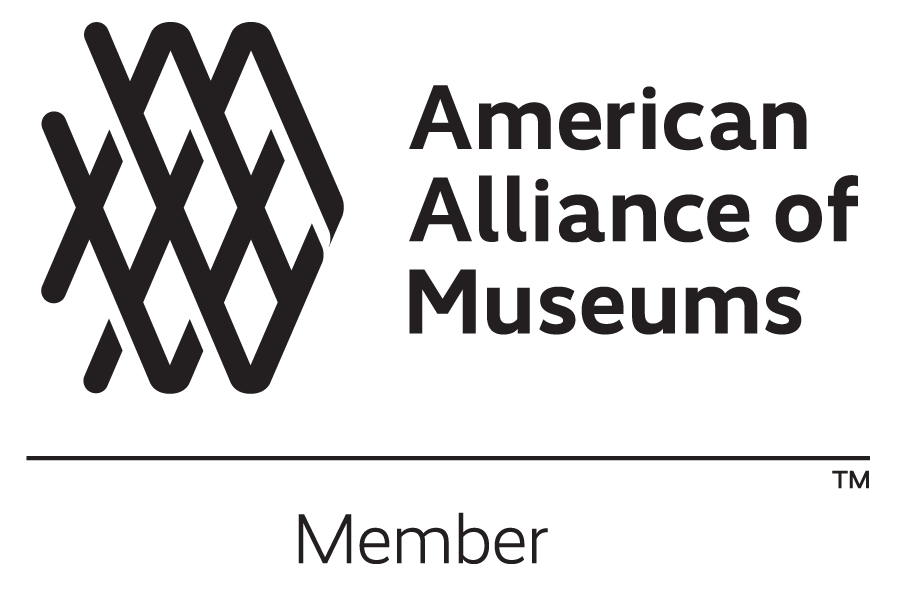Thirsty New York: Fire, Fever, and the Search for Freshwater
by Theresa DeCicco
Museum Services & Events Associate Theresa DeCicco explores the storied, and often contentious, history of New York City’s water supply.
Today, the New York City water system supplies nine million residents with one billion gallons of freshwater each day. The intricate system of aqueducts, underground tunnels, and upstate reservoirs that supplies the city today, holds a fascinating history dating back to the earliest days of New York.
Before the settlement of the Europeans in the early 17th century, the Lenni-Lenape had long inhabited the island of Manhattan, or “Manahatta,” meaning hilly island. Fresh Water Pond, situated by present-day Foley Square, provided the Lenni-Lenape village of Werpoes with a steady supply of water. The pond originally occupied 48 acres of land and was 60 feet at its deepest point.
Ratzer Map, 1767. Note Collect Pond labeled Fresh Water at the top center.
Upon the arrival of the Dutch in 1625, the settlers noted the lime shaped shells surrounding the area and renamed the pond “Kalck Hoek,” or lime point. The Dutch name was later changed to Collect Pond following the English seizure of New Amsterdam in 1664. In 1677, the first public well was dug at Bowling Green, but the well water tended to be brackish, as seawater seeped into the groundwater supply. The unreliable well water led many early European colonists to utilize Collect Pond.
When the English claimed New Amsterdam, they renamed the city “New York” after the Duke of York, and later King James II. The English colonial government began to build wells around lower Manhattan to feed the burgeoning population in the young city. Along with the briny state of the city’s well water, poor sanitary laws and lack of sewers contributed to the filthy conditions of the city’s water wells.
As New York City entered the 18th century, the custom of tea-drinking became ingrained into the city’s social fabric. However, wells throughout the city continually provided lackluster water, even for tea consumption. The Tea Water Pump, located at the intersection of present-day Baxter and Mulberry streets, fortunately, provided residents with the quality of water they sought for tea brewing. The popularity of the Tea Water Pump led to vendors pushing around carts of the pump’s water to eager customers. The number of vendors increased so much that the Common Council passed a law limiting the number of sellers in 1757. By 1797, the pump had become such a source of local disturbance that the municipal government demanded its closure.
Frank Leslie, Jan. 1882. Print depicting New Yorkers using the Tea Water Pump.
The condition of New York City’s water was truly dire. In 1774, engineer Christopher Colles devised a plan to transform Collect Pond into a reservoir, with wooden pipes to bring water into the city (which now extended to Chambers Street). Work on the plan was halted as hostilities against American colonists and British authorities came to a head. Following George Washington’s retreat from Manhattan, nearly one-third of New York City was engulfed in flames on September 21, 1776. The scarcity of water led the ill-equipped city to realize they were in no position to not only provide drinking water to its citizens, but also terribly unprepared to battle raging fires.
At the conclusion of the American Revolution, New York suffered a severe outbreak of Yellow Fever in both 1795 and 1798, prompting the city to once again question the quality of its drinking water.
Collect Pond, once beyond the northern reaches of the city, was now surrounded by tanneries and slaughterhouses that polluted the water. By 1817, the pond was had been filled in and later became home to the Tombs, the infamous detention center.
Representation du Feu terrible a Nouvelle Yorck, 1776. NYPL. A European depiction of the Great Fire of 1776.
A solution to the city’s water problem was offered by the Democratic-Republican politician Aaron Burr. He proposed starting up a private enterprise, the Manhattan Company, which would deliver clean water into New York City. In a twist of fate, Burr garnered the support of his political opponent, Alexander Hamilton, and together convinced the municipal government to charter the company.
Burr’s true motivations were revealed upon passage of the bill. A provision within the law allowed for the Manhattan Company to have complete control over surplus capital, thus, permitting Burr to create a bank, breaking up the monopoly of the Federalist-controlled Bank of New York. Regretting his role in the creation of the Manhattan Company, Hamilton later wrote of Burr, “Yet he has lately by a trick established a Bank, a perfect monster in its principle; but a very convenient instrument of profit & influence.”
By 1802, the Manhattan Company had laid down about twenty-one miles of wooden pipelines around lower Manhattan. Yet the company proved to be completely inadequate in its mission, as the enterprise’s main focus rested on the development of a bank.
The Manhattan Company eventually transformed into today’s JP Morgan and Chase Co. or Chase Bank. Following the Cholera epidemic of 1832, New Yorkers passed a law to obtain a clean water supply in 1834. Although construction of the new water system had not begun, the Great Fire of 1835 further reinforced the city’s need for public water supply. After a contentious history, New York City was finally supplied with an adequate water system upon the completion of the Croton Aqueduct in 1842. Bringing water from Westchester County to Manhattan, the Croton Aqueduct serves as the beginnings of the complex water system which serves New York City today.
Bibliography
Sergey Kadinsky, Hidden Waters of New York City (New York: The Countryman Press, 2016).
https://www1.nyc.gov/site/dep/water/history-of-new-york-citys-drinking-water.page
https://www1.nyc.gov/site/dep/water/water-supply.page
https://founders.archives.gov/documents/Hamilton/01-22-02-0264-0001
https://www.mcny.org/story/contentious-history-supplying-water-manhattan
https://ephemeralnewyork.wordpress.com/2018/12/17/the-famous-tea-water-pumps-of-1700s-new-york/







